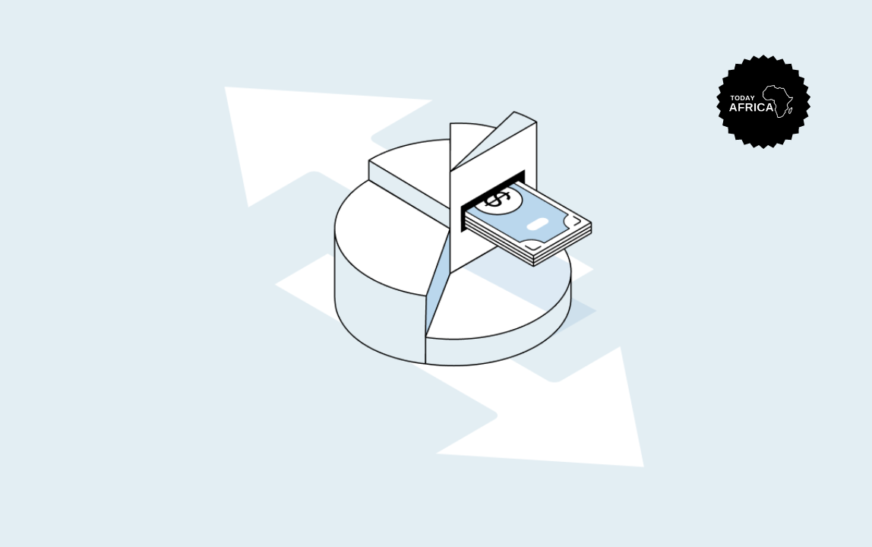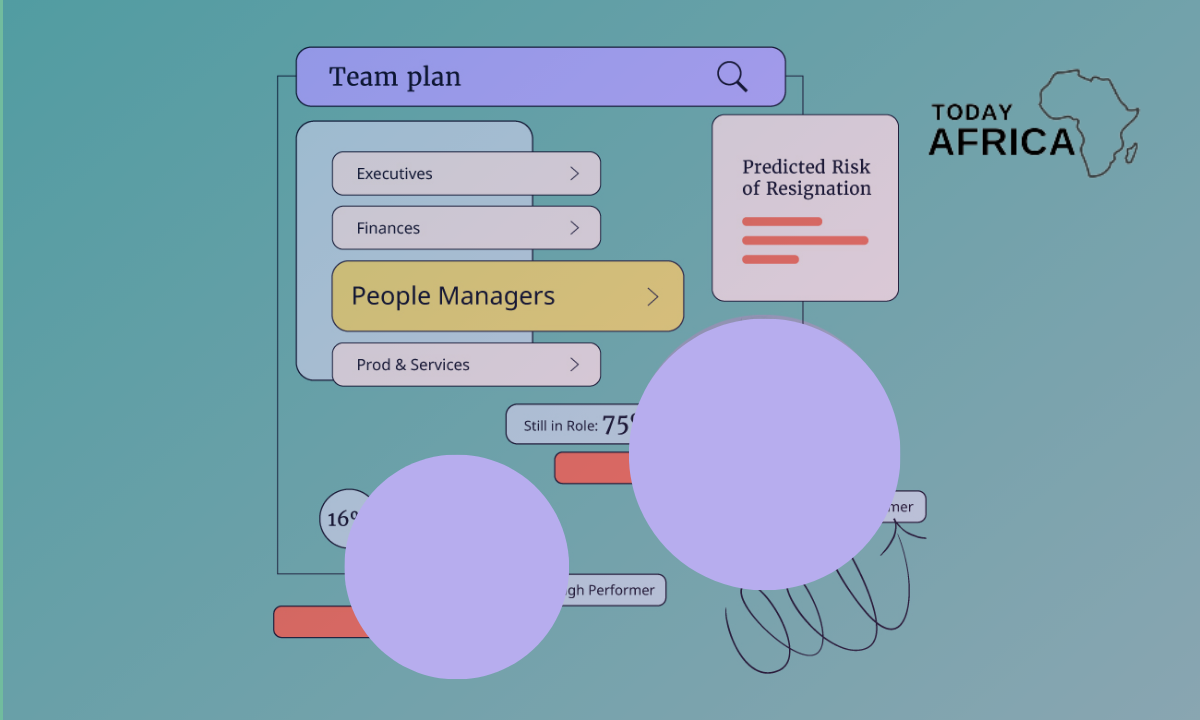Debt financing is a fundamental concept in business, allowing companies to raise capital for growth and operations. It’s essentially borrowing money from lenders with the promise to repay the principal amount plus interest over a set period.
This blog post dives deep into the world of debt financing, exploring its various forms, applications, advantages, disadvantages, and key considerations for businesses.
What is of Debt Financing in Business?
Think of debt financing like taking a loan. A business, acting as the borrower, approaches a lender, such as a bank or an investor, to secure funds.
In return for providing the capital, the lender becomes a creditor and receives a predetermined interest rate on the loan. The loan agreement outlines the repayment terms, including the principal amount (the original borrowed sum) and the interest.
There are two main ways companies acquire debt financing:
- Debt instruments: Companies issue debt instruments like bonds or notes. These instruments act like IOUs, promising investors a fixed interest rate in exchange for their investment. Investors essentially purchase these debt instruments, providing the company with capital.
- Loans: Businesses can secure traditional loans from banks or other lending institutions. These loans come with specific repayment schedules and interest rates.
Types of debt financing in business
Debt financing encompasses a spectrum of options, catering to various business needs and financial situations. Here’s a breakdown of some common types:

- Term loans: A popular choice, term loans are issued for a fixed period, typically ranging from one to five years. Businesses use them for various purposes, including equipment purchases, real estate investments, and working capital needs.
- Lines of credit: Lines of credit offer more flexibility, acting like a credit card with a pre-approved limit. Businesses can draw funds as needed and only pay interest on the utilized amount. Lines of credit are ideal for covering short-term expenses or seasonal fluctuations in cash flow.
- Invoice factoring: Businesses sell their unpaid invoices to a factoring company at a discount. This provides immediate cash flow, but factoring fees can be high.
- Bonds: Bonds are debt instruments sold to a broad range of investors. They come with varying maturities (repayment dates) and interest rates. Issuing bonds allows companies to raise significant capital for large projects.
Advantages of debt financing
Debt financing offers several benefits for businesses:
- Preserves ownership: Unlike equity financing, where companies sell shares to raise capital, debt financing doesn’t dilute ownership. Founders and shareholders maintain control of the business.
- Boosts growth: Debt financing provides a significant source of capital for expansion, investments, and strategic acquisitions. Businesses can leverage borrowed funds to accelerate growth and achieve their goals.
- Tax advantages: Interest payments on debt are often tax-deductible, reducing a company’s taxable income and improving its bottom line.
- Builds credit history: Successfully managing debt helps establish a positive credit history for the business. This can make it easier to secure future financing with better terms.
Disadvantages of debt financing
While advantageous, debt financing also comes with drawbacks:
- Financial strain: Debt creates a financial burden. Companies must allocate funds for interest payments and principal repayment, potentially impacting cash flow.
- Risk of default: Failure to meet debt obligations can lead to default, resulting in legal repercussions and damage to the company’s creditworthiness.
- Restrictions: Lenders may impose covenants or restrictions on the business, limiting its financial freedom and strategic decision-making.
- Interest rate risk: Rising interest rates can significantly increase the cost of debt, making repayments more burdensome.
Key Considerations for Debt Financing in Business
Before opting for debt financing, businesses should carefully consider these factors:
- Purpose of the loan: Clearly define the intended use of the funds. Different types of debt may be better suited for specific needs, such as long-term investments versus short-term operational expenses.
- Financial health: A strong financial position with a good track record and stable cash flow improves the chances of securing favorable loan terms and interest rates.
- Debt-to-equity ratio: This ratio measures a company’s reliance on debt compared to its equity. A high ratio indicates a higher risk of default and may make lenders hesitant.
- Repayment ability: Carefully analyze the company’s cash flow and future earnings to ensure it can comfortably meet the debt repayment obligations.
- Alternative funding options: Explore alternatives like equity financing or venture capital to compare all options and choose the most suitable one.
Concepts in Debt Financing
For businesses seeking a deeper understanding of debt financing, here are some advanced concepts to explore:
- Loan covenants: These are clauses attached to loan agreements that restrict the borrower’s actions. Covenants can address various aspects like maintaining minimum cash flow levels, limiting dividend payouts, or restricting additional debt accumulation.
- Debt restructuring: When a company faces financial difficulties, it may negotiate with lenders to restructure its debt. This could involve extending repayment terms, reducing interest rates, or converting some debt to equity.
- Credit ratings: Credit rating agencies assess a company’s creditworthiness and assign a rating. Higher ratings indicate lower default risk and can lead to more favorable borrowing terms.
- Securitization: This complex financial process involves pooling multiple debt instruments (like loans or mortgages) and selling them as securities to investors.
Is Debt Financing Ideal for African Businesses?
With global inflation reaching 8.75% in 2022, central banks have raised interest rates, increasing borrowing costs and potentially reducing the appeal of debt financing. Additionally, Africa’s major economies have seen significant currency depreciation: the Nigerian Naira by 10.2%, Kenya’s Shilling by 9%, Egypt’s Pound by 13%, and South Africa’s Rand by 9%.

These economic challenges necessitate a careful evaluation of debt financing for African startups. Venture debt, often used by cashflow-positive businesses, is less suitable for startups deviating from the typical software business model or those that are not cashflow-positive. These startups may opt for debt due to difficulty raising equity funding or operating asset-heavy models.
There is a risk of defaults on venture debt, particularly since many such facilities are dollar-denominated. Defaulting on venture debt can lead to severe consequences, including cap table wipeouts and forced liquidation by debt providers.
Read Also: 16 Best Ways to Grow Your Small Business This Year
Moreover, the presence of venture debt can deter follow-on investments, as investors may fear their funds will be used to service debt rather than drive growth. Poorly managed venture debt can thus be disastrous for both founders and investors.
A 2022 research paper by Tellimer highlights that fintech products like POS financing, consumer and SME financing, and cryptocurrencies are most vulnerable to economic challenges. Conversely, other fintech products may show higher resilience, providing crucial insights for startups navigating these uncertain times.
How African Founders Can Navigate Debt Financing
- Be Cash flow positive before going for Debt Financing. According to Peter Oriaifor, if a company isn’t cash flow positive, you are merely just servicing debt from VC money raised and it can quickly begin to look like a game of musical chairs, you raise new money to pay old venture debt, raise new venture debt to pay old debt.
- Credit startups should ensure a new underwriting to reflect the rising interests.
- Raise in local currency which protects you from currency risk. Ayobami Teriba, a Venture Analyst at Founders Factory Africa advises that to mitigate foreign exchange risk for startups who raise USD debts, startups can seek local financiers willing to extend loans in Naira against international debt collateral, allowing them to manage the ROI and currency fluctuations effectively.
- Raise convertible debts, which is a flexible funding option. It allows startups to raise debt now and convert it into equity later when conditions are favorable. This approach helps startups manage financial risks while providing potential upside for investors.
- Partner with finance companies to underwrite consumer facing loans and then make commission by selling underwriting data.
Debt financing offers a promising path for African startups seeking growth capital without diluting equity. However, prudent financial planning, careful consideration of inflation and currency dynamics, and maintaining a cash flow positive position are essential for startups to navigate this funding landscape successfully. As the African tech ecosystem evolves, innovative financing models will continue to shape the future of the continent’s entrepreneurial landscape.
Conclusion
Debt financing is a powerful tool for businesses seeking to grow and achieve their financial goals. However, it’s crucial to understand its nuances and weigh the advantages and disadvantages before making a decision. By carefully considering the purpose of the loan, the company’s financial health, repayment capabilities, and alternative funding options, businesses can leverage debt financing strategically to unlock their full potential.
















